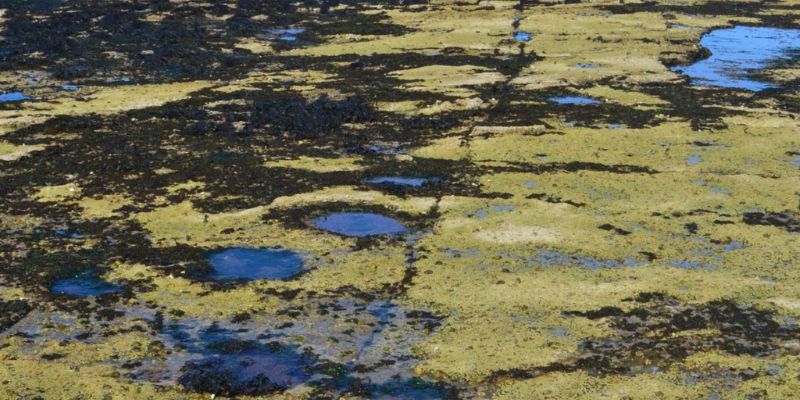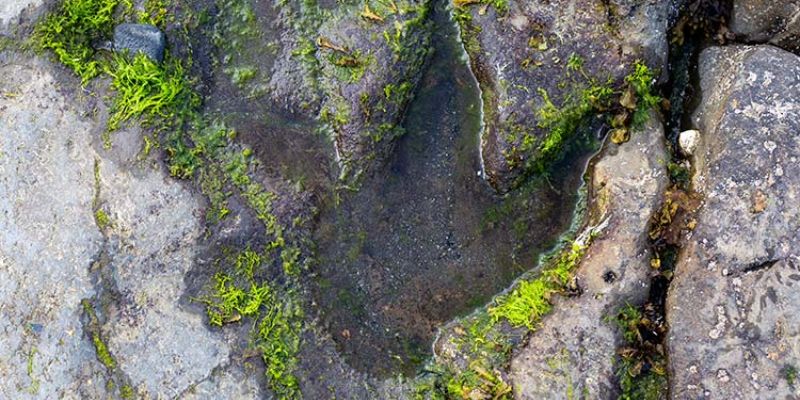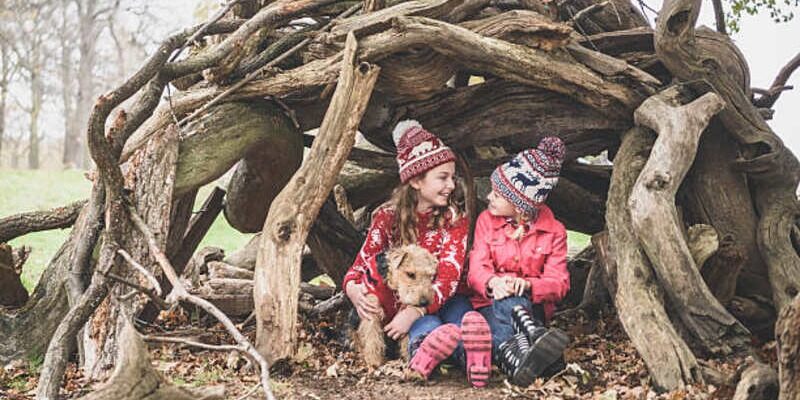If you've ever dreamed of discovering the tracks left by dinosaurs on a beach, you should make your way to Skye Beach in Australia. Believe it or not, you can find some of the most fascinating impressions left behind by these long-extinct creatures at this picturesque beach.
From what type of footprints to look out for and how they were formed to where else one might find dinosaur prints worldwide, join us as we explore everything there is to know about Dinosaur Footprints at Skye Beach.
Overview of Dinosaur Footprints Skye Beach
Skye Beach is located in the Great Sandy National Park, about 130 kilometers north of Brisbane on Australia’s east coast. It's popular for its white sandy beach, clear water, and breathtaking views of the Glasshouse Mountains. But what many people don't know is that it also contains some amazingly well-preserved dinosaur footprints.
Due to the special geological conditions that existed when the prints were made, the dinosaur footprints at Skye Beach are some of the best-preserved in the world. Exploring this beach and its unique footprint discoveries isis like stepping back 170 million years ago.
Reasons to Visit the Beach and its Unique Features
Skye Beach offers something for everyone. Whether you are interested in prehistory and dinosaurs or want to relax on the beach, it will surely offer a unique experience.
The beach also includes many other features, such as dunes, calm waters suitable for swimming, and even parts where freshwater creeks run directly into the sea. The area also has plenty of birdwatching, fishing, and kayaking opportunities.
Types of Fossils Found at Skye Beach

The footprints found on Skye Beach provide a unique window into past lives lived millions of years ago. The fossils at the beach date back to the early days after dinosaurs were first discovered.
The most common fossils are those of theropods, such as Tyrannosaurus Rex and Allosaurus. However, other types of dinosaur footprints can also be found. Skye Beach also supports tracks from marine reptiles, including Ichthyosaurs, Plesiosaurs, and Mosasaurs.
In addition to dinosaur tracks, you can find other prehistoric fossils, such as shark teeth and the fossilized remains of coral, shells, and sea creatures.
How to Get There and What to Expect on Your Visit
Skye Beach is accessible by car, and many camping sites are nearby. It’s important to note that the beach is only open during the day, so it's best to plan your visit for sunrise or sunset when the chances of seeing animal tracks are higher.
Bring a flashlight when you arrive at Skye Beach, as some dinosaur tracks can only be seen in the dark. Also, watch for fallen branches or rocks, as these may contain clues to prehistoric life.
Finally, remember that it is important to treat the beach and its fossils with respect. Please do not touch fossilized remains and try not to disturb the environment.
Tips for Making the Most of Your Visit
Before you go to Skye Beach, make sure you do your research. Read up on the type of dinosaurs that lived in the area and what tracks they might have left behind. This way, you'll know exactly what to look for when you get there.
Once at the beach, take your time exploring and watch for clues. Remember that the best time to find dinosaur tracks is during low tide, so be sure to plan your visit around this.
Also, remember to take plenty of photos! Not only will you want to capture these special memories for yourself, but sharing them online can also help raise awareness about the importance of preserving these ancient footprints.
Skye Beach is a truly unique place with an impressive history. With its stunning views, exquisite fossils, and fascinating wildlife, it has something to offer everyone. So if you're looking for a once-in-a-lifetime experience, pack your bags and head to Skye Beach! You won't regret it.
What To See and Do in the Area

Although Skye Beach is the main attraction, there are plenty of other things to explore in the surrounding area. If you love nature and wildlife, visit the nearby Cooloola Recreation Area. You can participate in bushwalking, fishing, camping, birdwatching, or even four-wheel driving.
If you want something more high-octane, visit the nearby Kilcoy Motorplex. Here you can watch some of Australia's most exciting motor racing events, such as dirt track rallies and drag races.
Finally, if history is your thing, head to Caboolture Historical Village. Here you can learn all about the area’s fascinating past, from the first European settlers to the Gold Rush era.
No matter what type of experience you're looking for, Skye Beach and its surrounding areas have something for everyone. So don't wait any longer; start planning your trip today!
Safety and Accessibility Information
Skye Beach is located in a remote area and can sometimes be difficult to access. Roads in the area are often narrow, winding, and prone to flooding during the wet season. It's important to take extra care when driving on these roads, as conditions can change quickly.
When you arrive at Skye Beach, it's best to stick to established trails and follow all safety instructions. Wear appropriate clothing and footwear, stay hydrated, and always keep your wits about you.
Skye Beach is also home to various species of native wildlife, so please take care not to disturb or feed them. It's also important to note that the beach is not wheelchair accessible due to its sandy terrain and uneven surface.
FAQs
Can you see dinosaur footprints on Skye?
Yes! Skye Beach is home to some of Australia's most impressive dinosaur footprints. You can find a variety of tracks left behind by these prehistoric creatures, including sauropod, ornithopod, and theropod prints dating back over 100 million years.
What are interesting facts about dinosaur footprints?
One of the most interesting facts about dinosaur footprints is that they can tell us a lot about the creatures who left them. By studying their size, shape, and orientation, we can gain insight into how these animals moved, their environment, and even what species made them.
What can you learn from a dinosaur footprint?
Dinosaur footprints can tell us a lot about how dinosaurs lived their lives. By studying the footprint's size, shape, and orientation, scientists can learn things like the animal's gait, their environment, and even which species made them! They are also important to scientists as they provide evidence of evolutionary changes.
Conclusion
Dinosaurs have left their footprints to last millions of years. You can explore them and find fascinating ancient history on your visit to Dinosaur Footprints Skye Beach. From sandy beaches to lush jungles, it's a surefire way to spark your imagination and make memories that will last a lifetime. With tips for making the most of your visit, accessibility information, and suggestions on what to see and do in the area, there is plenty here for everyone.
Whether you are an avid traveler or just looking for something new, take some time off from work and plan a visit to this vibrant beach location - you will be glad you did! Let’s follow in the footsteps of our ancient ancestors and embrace all the natural beauty Dinosaur Footprints has to offer with open arms! Don't miss out on this unique adventure and experience - plan today for an unforgettable journey into long-forgotten times.




